Background
My wine journey started in 2020, right in the middle of the pandemic. I was lucky enough to land a job at a winery with absolutely no wine knowledge or experience.
In 2021, I passed WSET Level 2 along with a bunch of my coworkers. In 2022, I worked at another winery for a short time doing similar work, and then in 2023, I became a manager trainee in the F&B department at a five star hotel in DC. That same year, I passed my CMS Introductory.
I did not have nearly as much hands on service experience as many people who go on to pass Certified, but I had observed a lot while working at wineries and restaurants and that turned out to be incredibly helpful. (Shoutout to everyone who passed without much serving experience!)
You may be curious how long it took me to prepare…
Two months with a full time job in the mix, called out a few days before the exam. I decided to take it during my school summer break. I remember it really clearly. I decided on June 8th, and my boyfriend thought I was out of my mind. The test was on August 13. Before June 8th I was not studying at all, unless you count drinking wine often. So everything I am sharing comes from those two months. In a perfect world I would give myself five to six months of real study to feel calm and confident, especially since I was not working in a restaurant every day.
SO, What’s in Theory??
Theory exam consists of 45 questions, and you have 38 minutes to complete it and you need at least 60% to pass it. That means, you can BS around 18 questions and still pass it. The test includes multiple choice, short answer, matching, and a few basic math questions. Topics range across regions, grapes, service, tasting theory, and wine law. Example prompts include questions like “What kind of wine does Monbazillac AOC produce?” or interactive items such as dragging the correct options into a box based on an image you see. The image might be a wine label, a map, equipment, or glassware.
My Study Materials
The materials I used were:
This curriculum guide is a really useful tool. It helps narrow the scope and tells you exactly what you MUST know and what is within scope. Keep in mind that it is not the only thing they will test you on. That said, you should know every single item in this material from both the Introductory and the Certified columns.
Weirdly enough, I read the whole WSET Level 3 book before I even started the Theory curriculum. This is a perfect tool to help you study systematically if you are not a person with a “system.” The WSET 3 book guided my study because the scope is VERY similar to the Certified level in terms of which countries are covered. It just focuses more on climate and wine style, so when you need to learn about history, vintages, or specific wine regions, you should use GuildSomm and other tools. We will talk about GuildSomm and other materials in a minute. The book helped me study step by step, from basic viticulture to winemaking styles, from winemaking to pairing, from Old World to New World, and from New World to dessert wines and the sparkling wines of the world. I like how it put my study in order so I do not panic and think “shit, what should I study today?” or “where should I start”
You can buy the WSET 3 book from the WSET website. I included the link. With the shipping fee, it is around 100 USD (74 GBP) to have it shipped to D.C. It should be the same shipping rate for other states. I did see people selling it on ThriftBooks.com and other used book websites for less, but the price on the WSET website is for sure cheaper than a lot of wine schools in the US.
GuildSomm is another good tool. I used the study guides when I needed to know something for this exam that was in the Theory curriculum but not covered in the WSET 3 book. Unfortunately, I did not read the whole study guide because those guides are long enough to age like Barolo. The ones marked with pink arrows are the features I used to prepare for this exam. I used the Wine Law Compendium, Review Quizzes, and Blind Tasting a lot. We will cover tasting in Chapter 2.
Along with GuildSomm maps, the Wine Maps app is another great tool I used to look up maps. It has more maps than GuildSomm. There are maps for both New World and Old World wine regions. It costs about 1 dollar on the App Store. Absolutely worth it.
- Tools for Learning Vintages: Jancis Robinson and Robert Parker
They are the two vintage charts I used for this exam along with GuildSomm. Jancis Robinson vintage charts are great because they include many details about each year, such as weather, rainfall, and the challenges for that vintage. Robert Parker vintage charts have fewer details but provide a year rating and classify the vintage as Extraordinary, Outstanding, Above Average to Excellent, Above Average, Below Average, or Appalling. They are very useful if you use them together and cross-reference.
Brainscape is a great tool for all kinds of flash cards across different topics. The link I included is for the specific flash cards I used to study for this exam because it follows the Theory curriculum one hundred percent. There are a few different flash cards for the Certified Sommelier exam, so you can pick whichever you think would help. My mastery was 86 percent the day before the exam, which means I did not master everything, but I did wrestle all 1,761 cards into my brain. used this app almost every day for a month and a half.
- Business of Sommelier
The Theory test will include a few math questions. The formulas you need to know are included in the Theory curriculum. Make sure you memorize those formulas and practice using them until you can do them in your sleep.
Make It Stick
Make sure you study and review regularly. Use whichever way works for you. Just do not overestimate yourself, because you might think you have memorized everything while you are studying, but at the end of the day you will find yourself forgetting what you memorized. (My brain is a leaky bucket) Everyone has different study habits, and I am the kind of person writing everything down helps. So I wake up every day and take time to write down the 1st and 2nd Growths in Bordeaux, the 10 crus of Beaujolais, all the Grand Crus in Burgundy, and all the other things you are required to memorize.
Next Blog Post….
On the next blog, I will talk about the tasting part of the exam including what it looks like, what you should look out for and the tools I used.
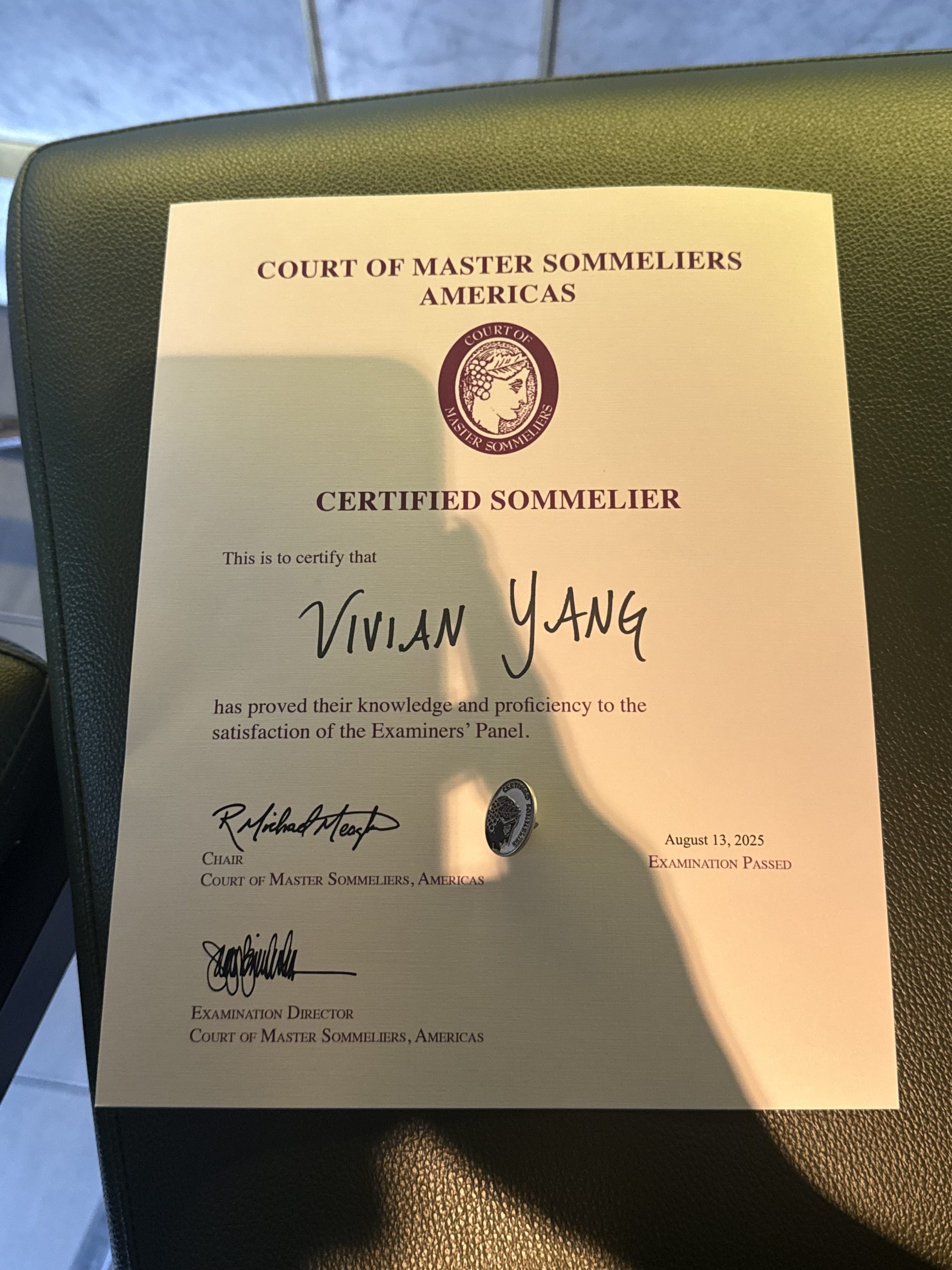
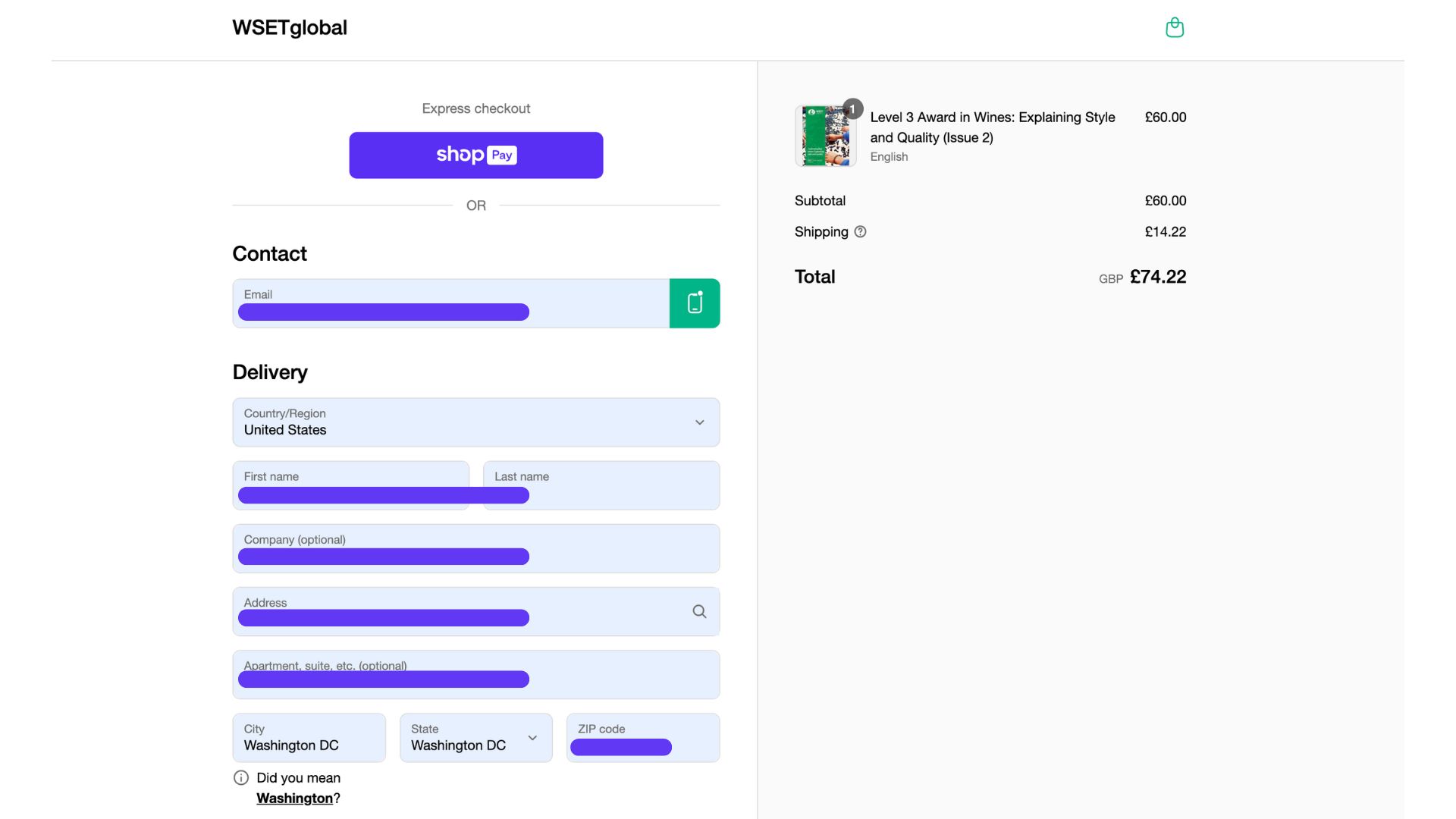
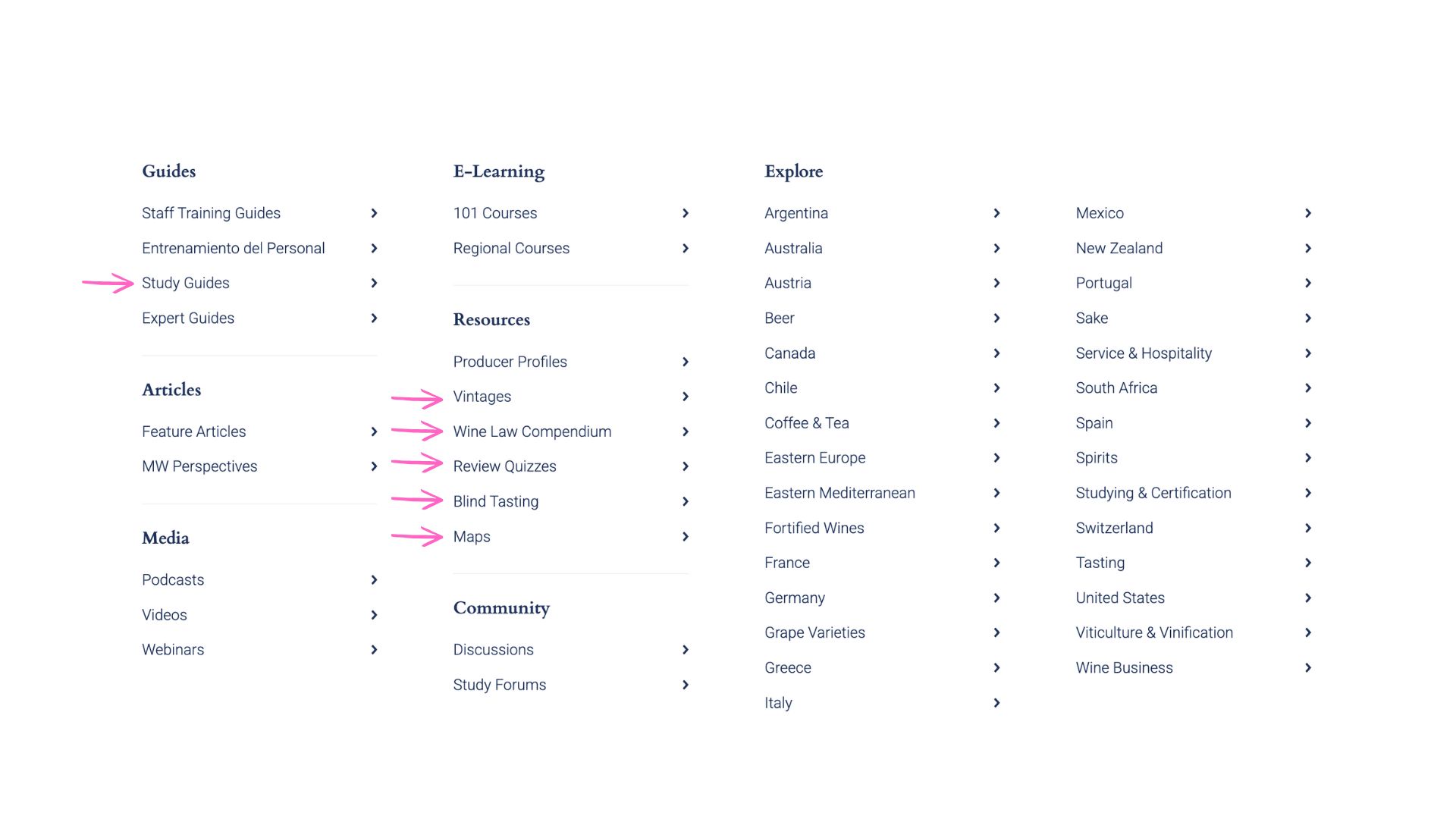
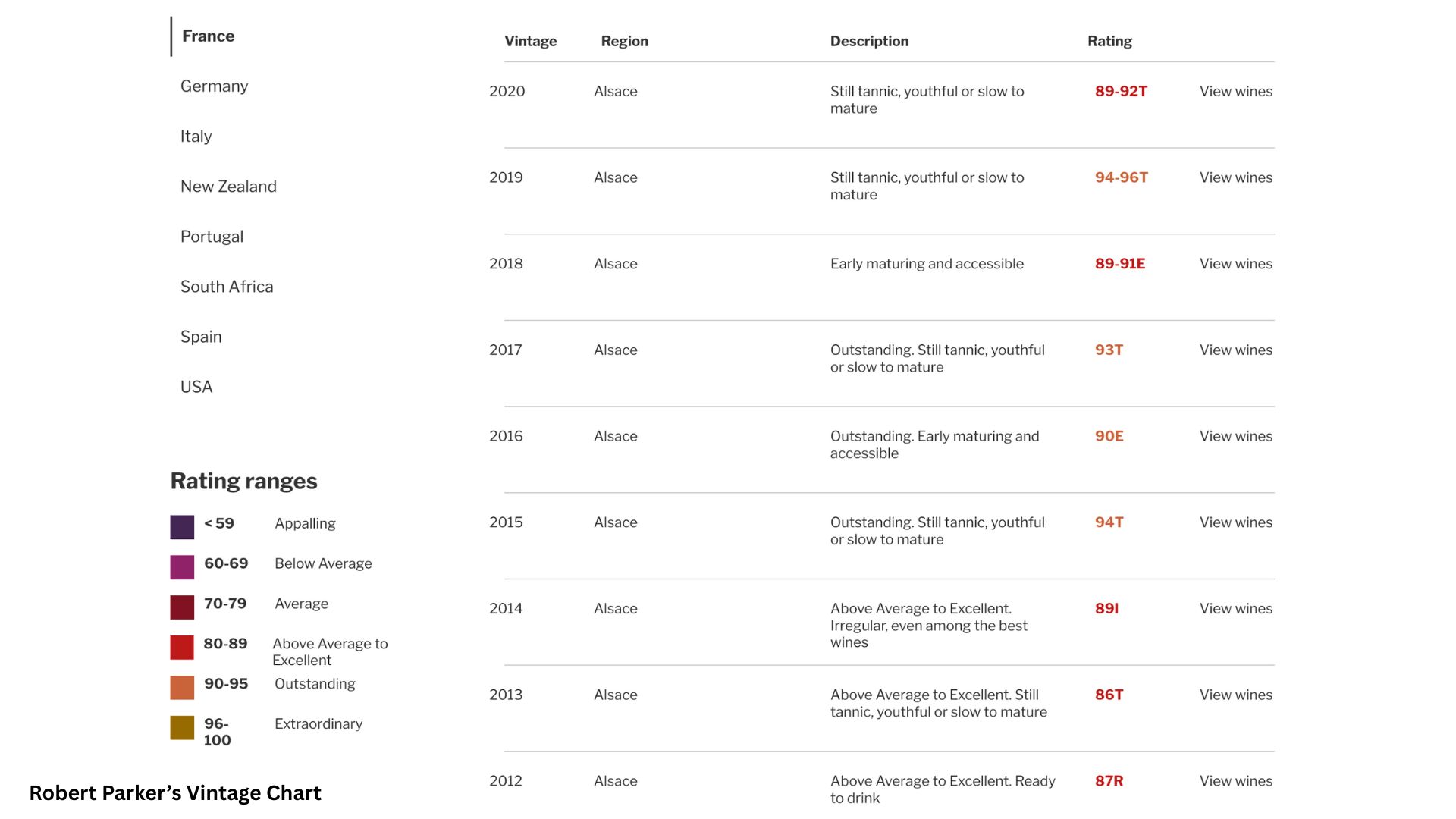
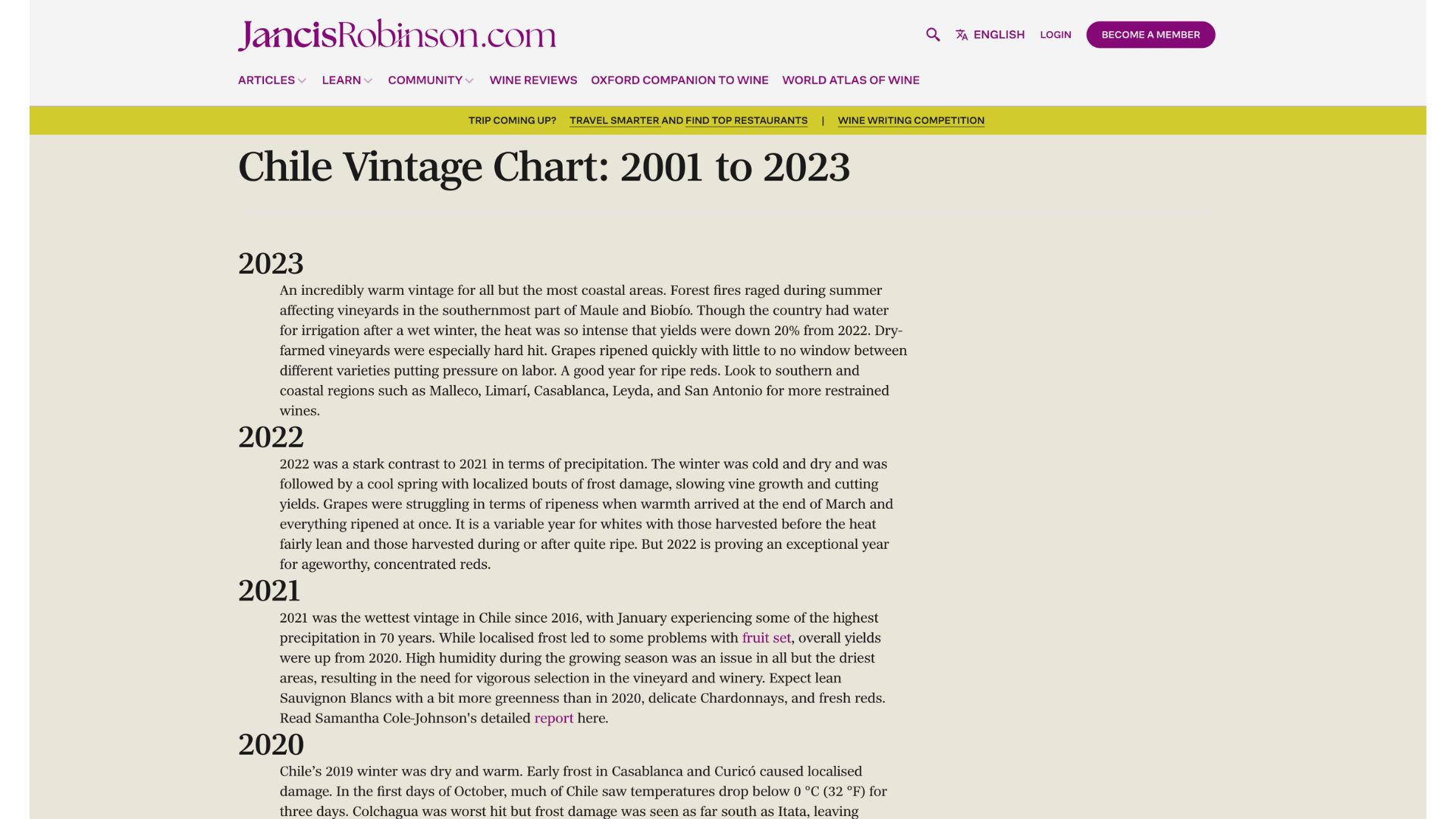
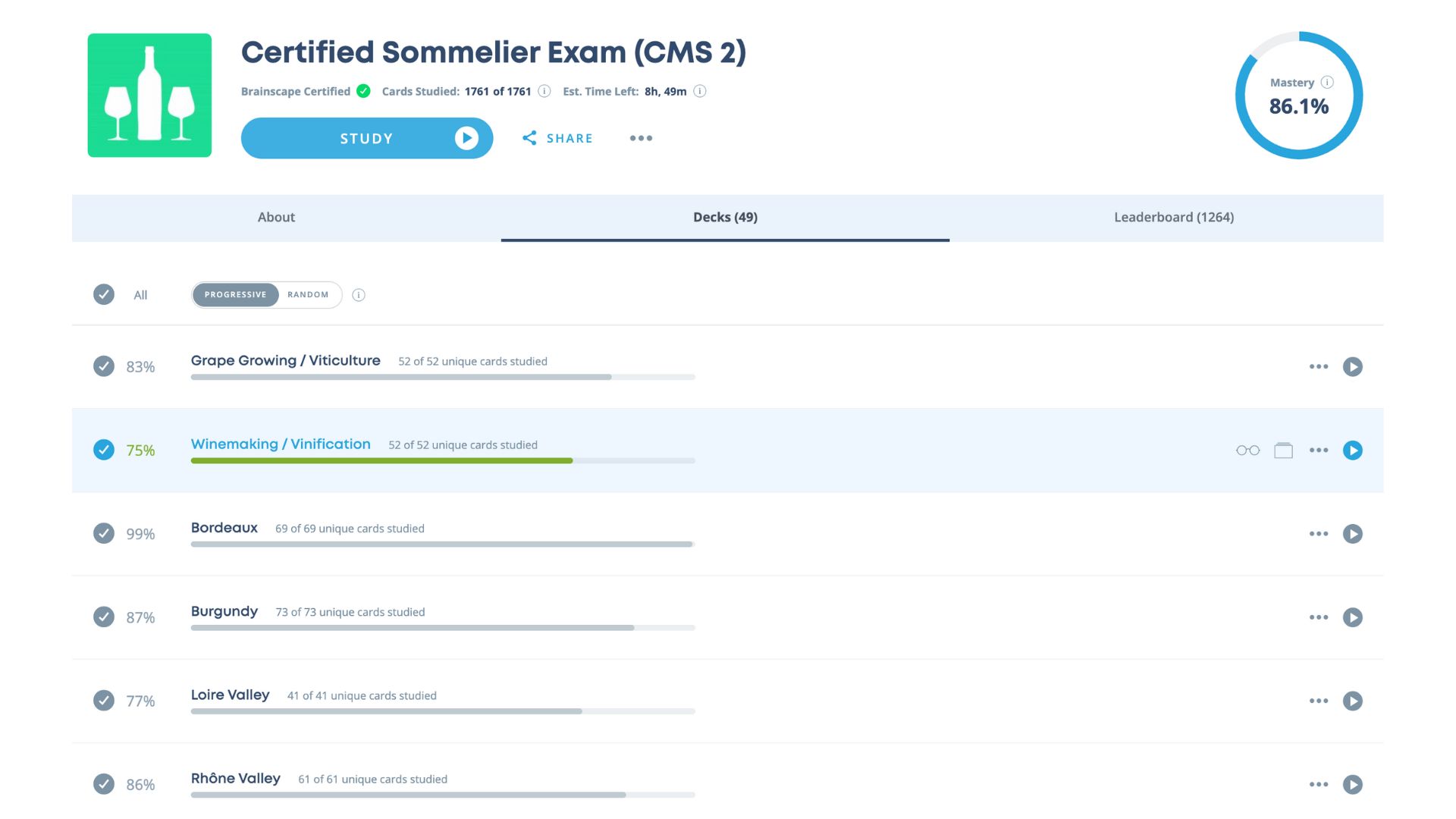
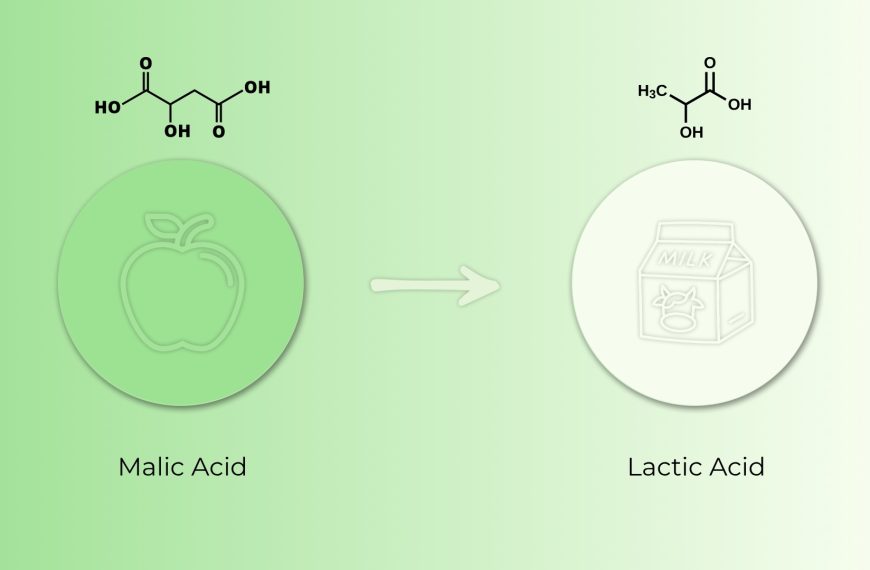
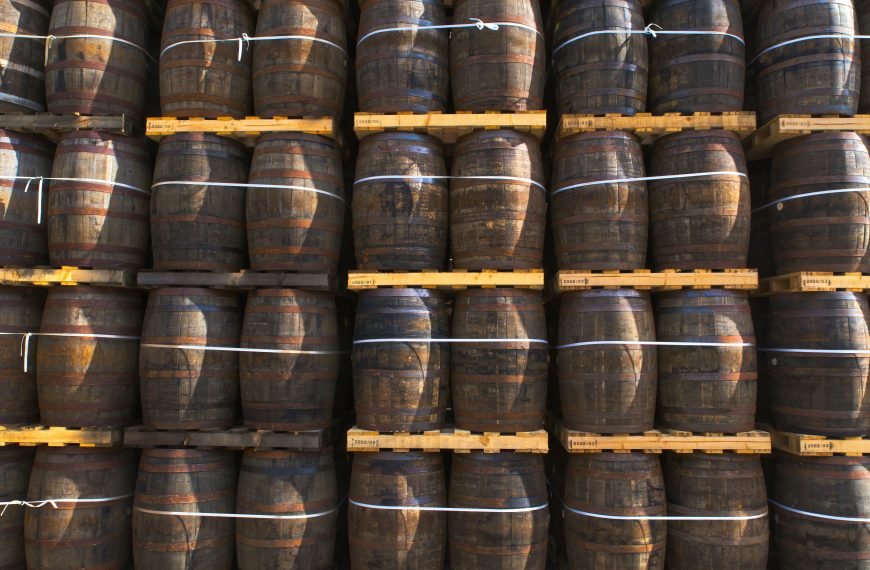

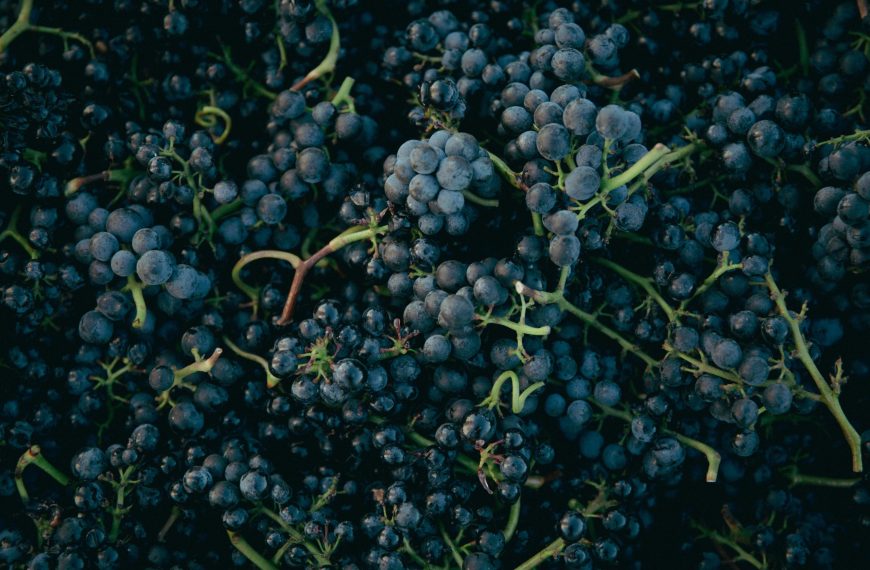



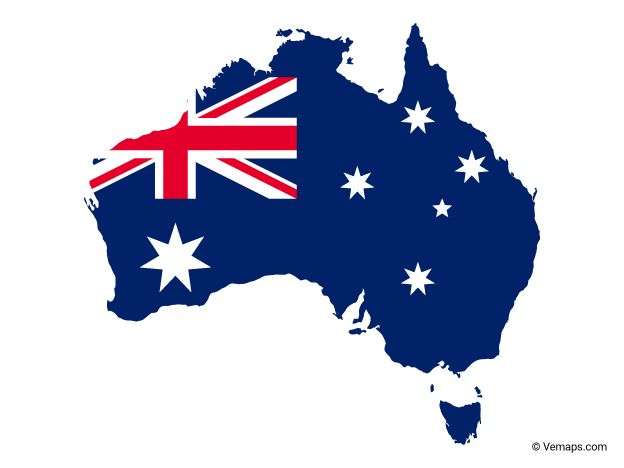
Comments